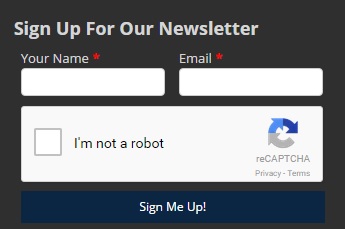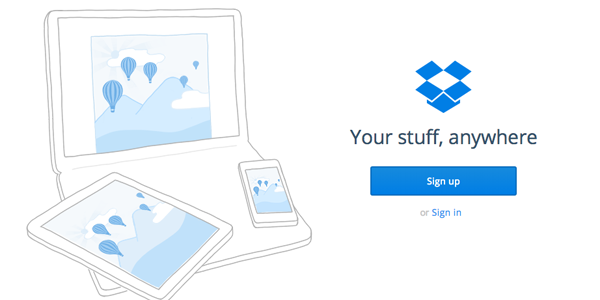JoomConnect Blog
MSP Marketing: Two Faces or One Vase? Using Psychological Theory to Improve Calls-to-Action
Every business that markets products or services on a website does so in hopes of improving customer engagement, or to reach suspects and turn them into prospects. The problem is that many sites don’t utilize marketing best practices that allow for the kind of engagement they’d like to see. One of these practices is the use of calls to action (CTA) to persuade users on your website to take a specific action.
A call-to-action is an image or text that instructs or prompts users to carry out a specific task, such as signing up for a monthly newsletter or providing their contact information in exchange for valuable information or free stuff. Many times, calls-to-action will lead users to a landing page outlining the details of how and why the CTA is beneficial to the user. This exchange of information generally yields lead information.
Calls-to-action are found on the homepage of many businesses and should be placed conspicuously on a page that gets a high volume of traffic. Also, CTAs don’t have to be limited to your website, using them in your social media, print ads, email and other advertising can be very successful.
How the Perceptual Set Theory Factors In
With the rising popularity of predictive advertising, SMB decision makers are probably seeing your ads because they have expressed interest in your services in one form or another. In fact, people expect calls to action. They expect to easily recognize a call-to-action when they see one.
Take for example the Perceptual Set Theory, used by psychologists to describe the way people perceive visual stimuli. The theory states that the human mind processes visual information in a three-step process.
The first step is one of selection. A person viewing a landing page uses the visual stimuli on the page, like the text, a picture or video, and perhaps a form.
Secondly, a person remembers previous versions of similar material. This recall, or what psychologists refer to as inference, compares the information they’re looking at to the information they’ve seen before.
Finally, by considering the content on the page, and then comparing it to other pages they’ve seen, they get an interpretation of the information they’re looking at.


These images are two popular examples of Perpetual Theory.
Marketing with calls to action follow the same principal. Whatever you write, whatever images or video you use, a seasoned consumer expects there to be a call to action somewhere on the page. This presents the marketer with a good situation, as savvy consumers will know how to use the call to action if it’s presented in a way that makes sense to them.
Making Your Calls to Action Stand Out
If you take into account that many of the people looking at your landing pages have seen dozens (or hundreds) of similar-looking landing pages, then you have to ask yourself, “How will my call to action find success?” The answer is a simple concept. Offer something valuable to them. Just because people are expecting the call to action and have seen so many of them, doesn’t immediately stop them from offering their information if they believe it will deliver them something that will meet, and hopefully exceed, their expectations.



By constructing a page with a logical flow, followed by an obvious call to action, you will set yourself up for marketing success. Once you’ve built a solid call-to-action to get their attention, the next step is to appeal to their curiosity and get them to perform the desired action. But how?
We’ll cover using human curiosity to increase lead conversions in the second part of this article in next month’s newsletter. Looking to market your MSP and get help running your own campaigns? Click here to sign up for a demo of our Marketing Plan service.




Comments 1
This post is really educating. And I think that psychology and business are the main ingredients in opening wider opportunities for sale increase. Business owners should know and master the key to unlocking the vault of higher conversion rates. The ideas you’ve shared on your article should be taken seriously for a sure sales development.